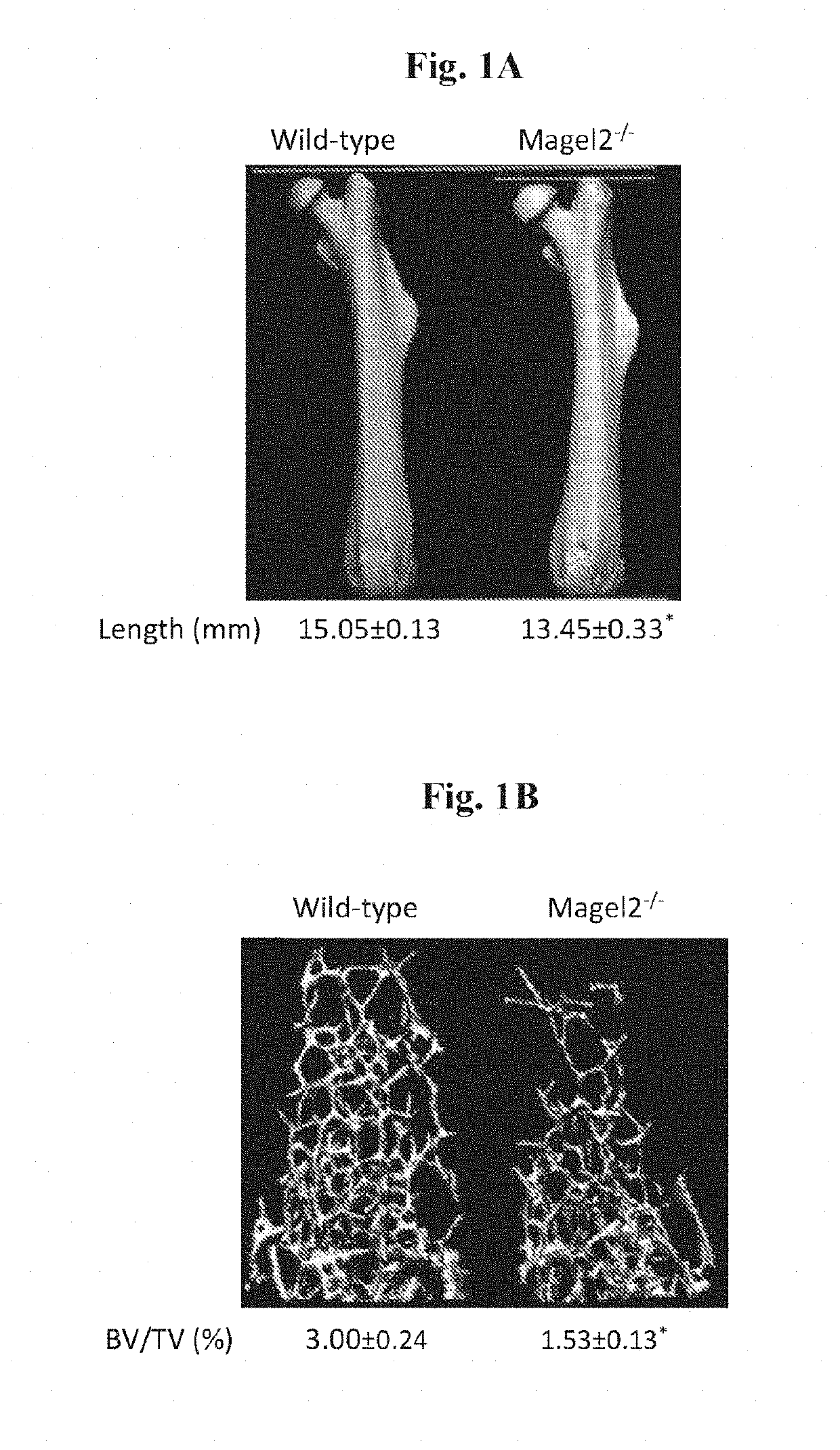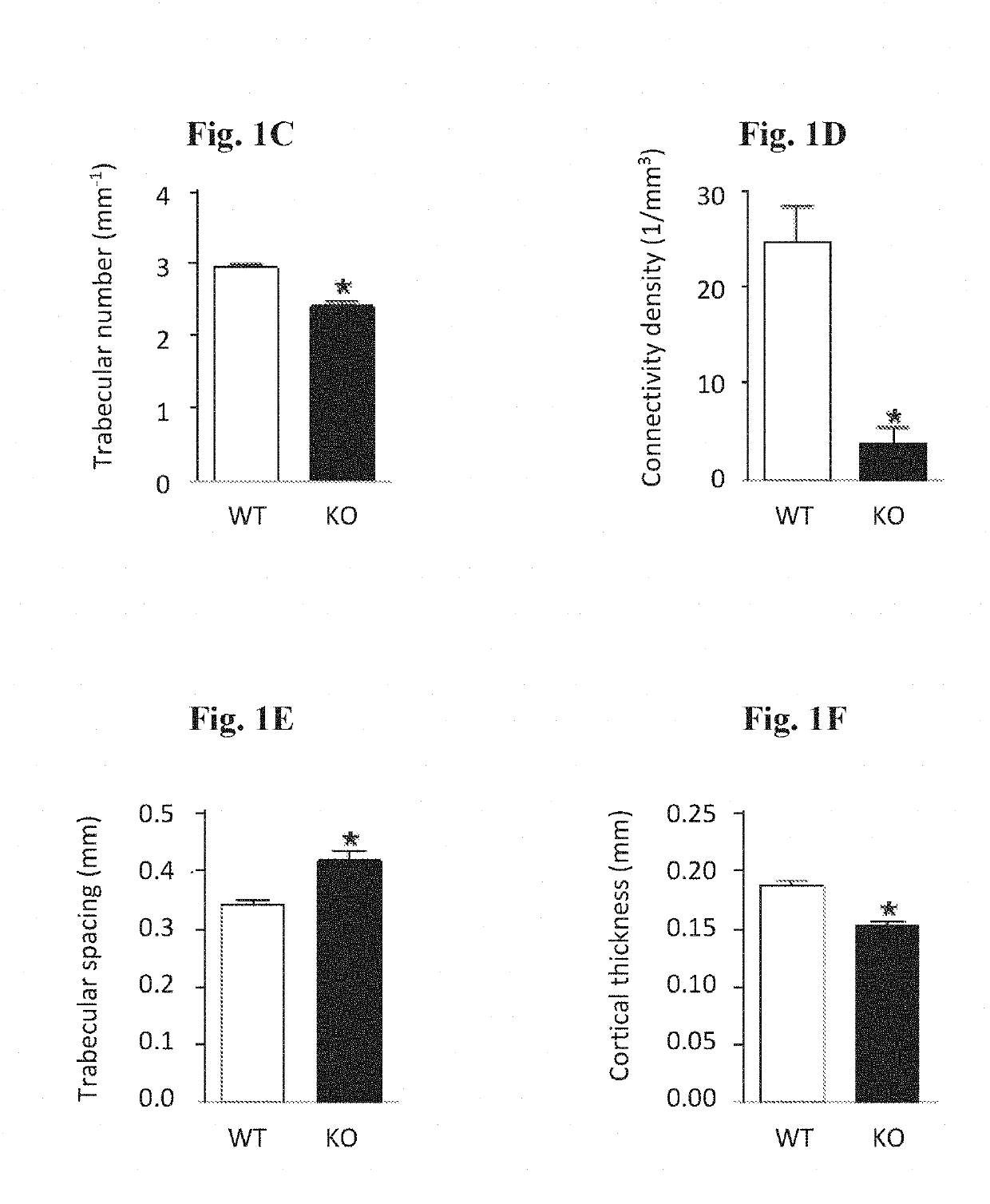Methods for treatment of prader-willi syndrome
a technology for prader-willi syndrome and treatment methods, applied in the field of prader-willi syndrome treatment methods, can solve the problems of weakened bones, reduced bone mineral density (bmd), and weakened bones, and achieve the effect of improving bone mineral density and improving bone mineral density
- Summary
- Abstract
- Description
- Claims
- Application Information
AI Technical Summary
Benefits of technology
Problems solved by technology
Method used
Image
Examples
example 1
of N-oleoyl α-methyl-DL-serine (HU-671)
Preparation of N-hydroxysuccinimide Ester of Oleic Acid
[0105]Oleic acid (2 g, 7.08 mmoles) was added to a solution of N-hydroxysuccinimide (0.814 g, 7.08 mmoles) in dry ethyl acetate (30 ml). A solution of dicyclohexylcarbodiimide (1.45 g, 7.08 mmoles) in dry ethyl acetate (2.5 ml) was then added, and the reaction mixture was left overnight at room temperature. Dicyclohexylurea was filtered, and the crude material was chromatographed on silica gel (eluting with chloroform) to give 2.38 g (85%) as yellowish oil.
Preparation of N-oleoyl α-methyl-DL-serine
[0106]A solution of N-hydroxysuccinimide ester of oleic acid (395 mg, 1 mmole) in tetrahydrofuran (10 ml) was added to a solution of aαmethyl-DL-serine (119.1 mg, 1 mmole) and sodium bicarbonate (84 mg, 1 mmole) in water (10 ml). The reaction mixture was left stirring overnight at room temperature, evaporated down to 10 ml, and acidified to pH 1 with 1 N HCl. The product was extracted with methyle...
example 2
ce as a Model of PWS in Humans
[0107]Among the different gene mutations involved in PWS that have been engineered in mice, only Magel2 mice recapitulate some of the metabolic and hormonal aspects of humans with PWS. The Magel2 gene is located 41 kn telomeric to Ndn, within the PWS region and its encoded protein acts as an adaptor protein for complexes that participate in signal transduction (Barker and Salehi, 2002). Magel2 mice have been widely used as an animal model of PWS to investigate metabolic, endocrine, and reproductive alterations as well as changes in the regulation of circadian rhythm characteristics of PWS (Devos et al., 2011; Kozlov et al., 2007; Mercer et al., 2013; Mercer and Wevirck, 2009; Meziane et al., 2015; Pravdivyi et al., 2015; Tennese and Wevrick, 2011).
[0108]FIG. 1 shows that female Magel2 mice have a low bone mass phenotype and shorter femora in comparison with their wild-type control. This phenotype results from reduced trabecular number (Tb.N), trabecular...
example 3
ring HU-671 to Magel2 Mice to Prevent Bone Loss
[0109]The effect of HU-671 on preventing bone loss in female Magel2 mice and their littermates as controls was tested. Forty (40) 6-week old female mice were treated daily with HU-671 (0.5 mg / kg, IP) for a period of 6 weeks. Twenty-four (24) hours following the last administration of HU-671, a complete structural analysis of the trabecular and cortical bone in the distal femoral metaphysis was performed. The femora were fixed in phosphate buffered formalin for 48 hours and further kept at 70% ethanol. They were examined by a micro computed tomography (μCT) system. Scans were performed at 20-μm resolution in all three spatial dimensions. The mineralized tissues were differentially segmented by a global thresholding procedure.
[0110]FIG. 2 demonstrates that HU-671 completely prevented the trabecular bone loss observed in vehicle-treated Magel2-null mice. FIGS. 2 and 3 show that HU-671 stimulated increase in bone volume density (BV / TV). Thi...
PUM
 Login to View More
Login to View More Abstract
Description
Claims
Application Information
 Login to View More
Login to View More - R&D
- Intellectual Property
- Life Sciences
- Materials
- Tech Scout
- Unparalleled Data Quality
- Higher Quality Content
- 60% Fewer Hallucinations
Browse by: Latest US Patents, China's latest patents, Technical Efficacy Thesaurus, Application Domain, Technology Topic, Popular Technical Reports.
© 2025 PatSnap. All rights reserved.Legal|Privacy policy|Modern Slavery Act Transparency Statement|Sitemap|About US| Contact US: help@patsnap.com



